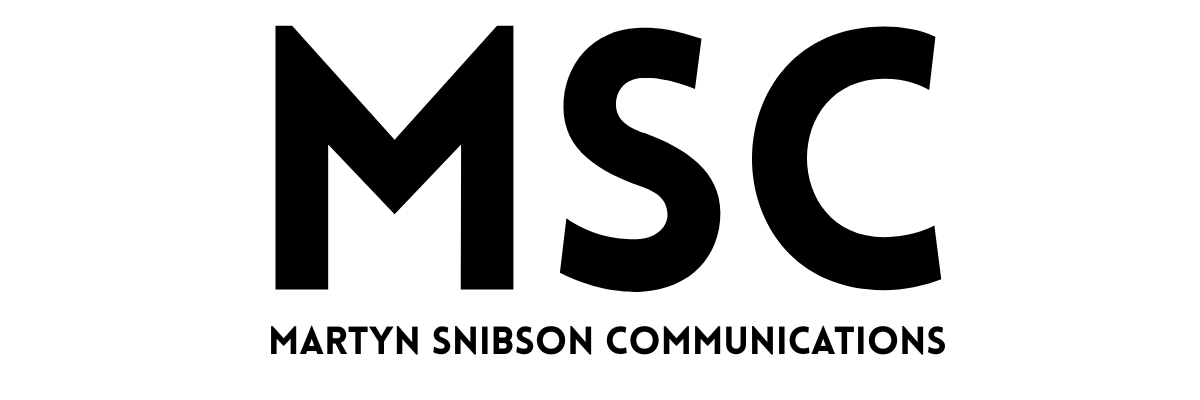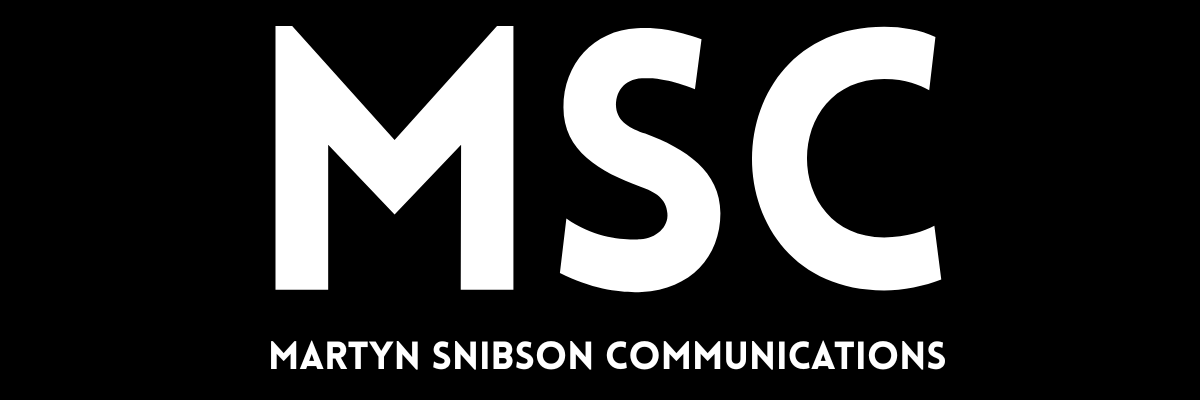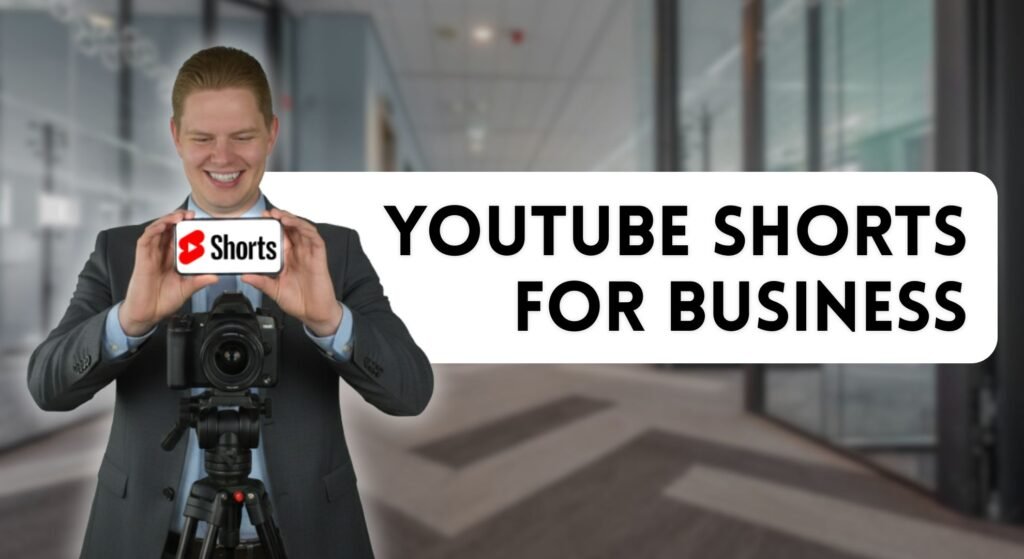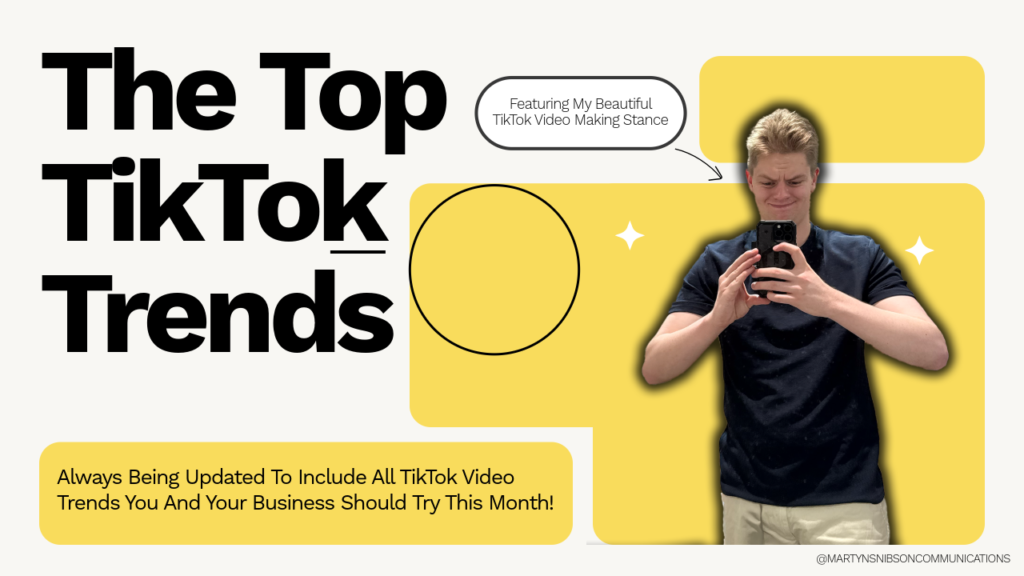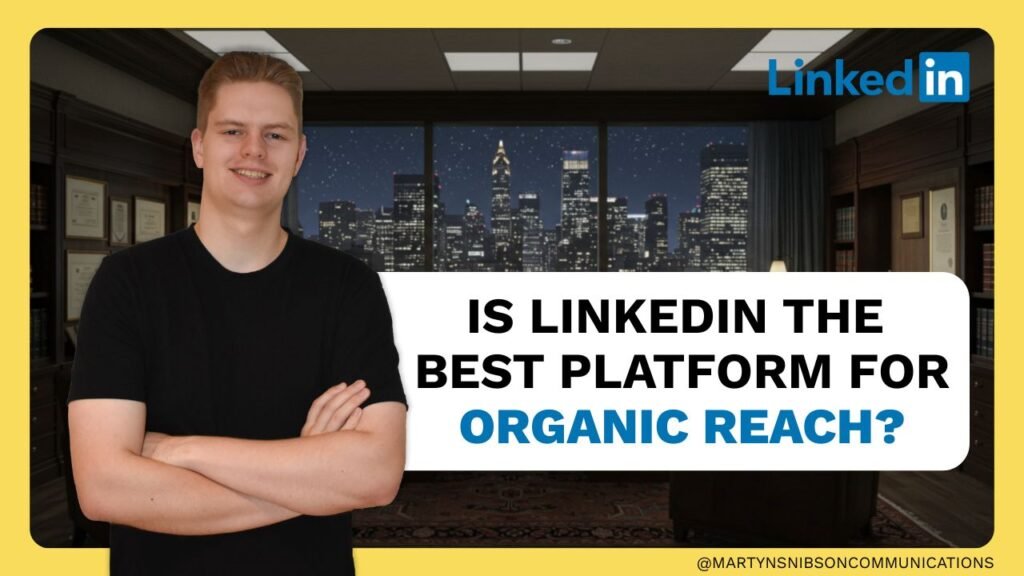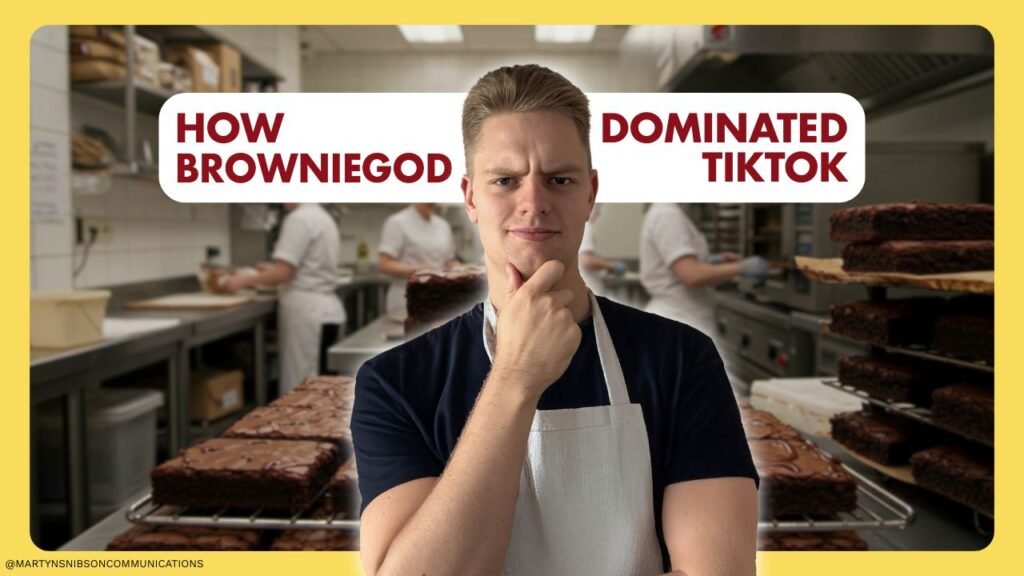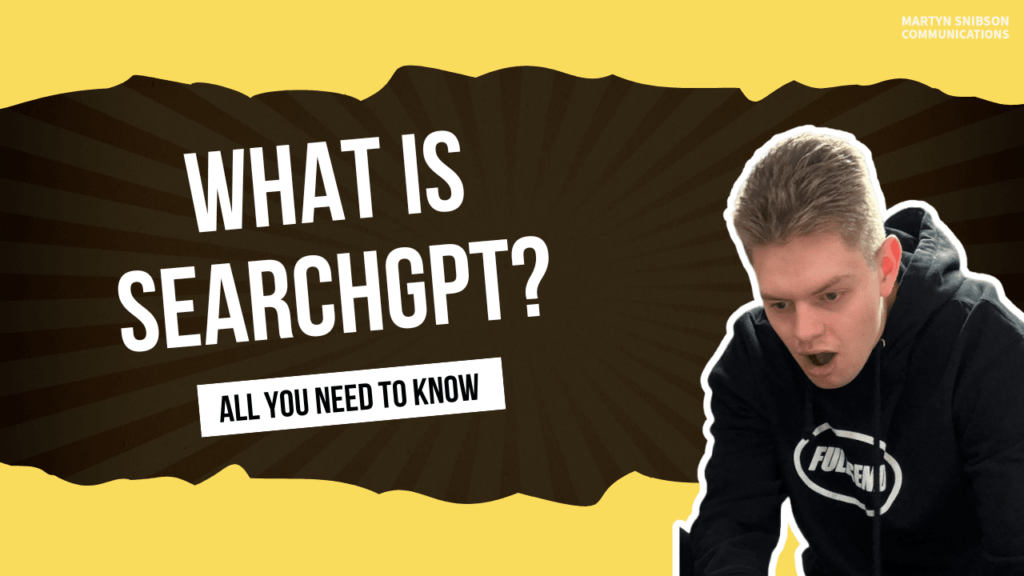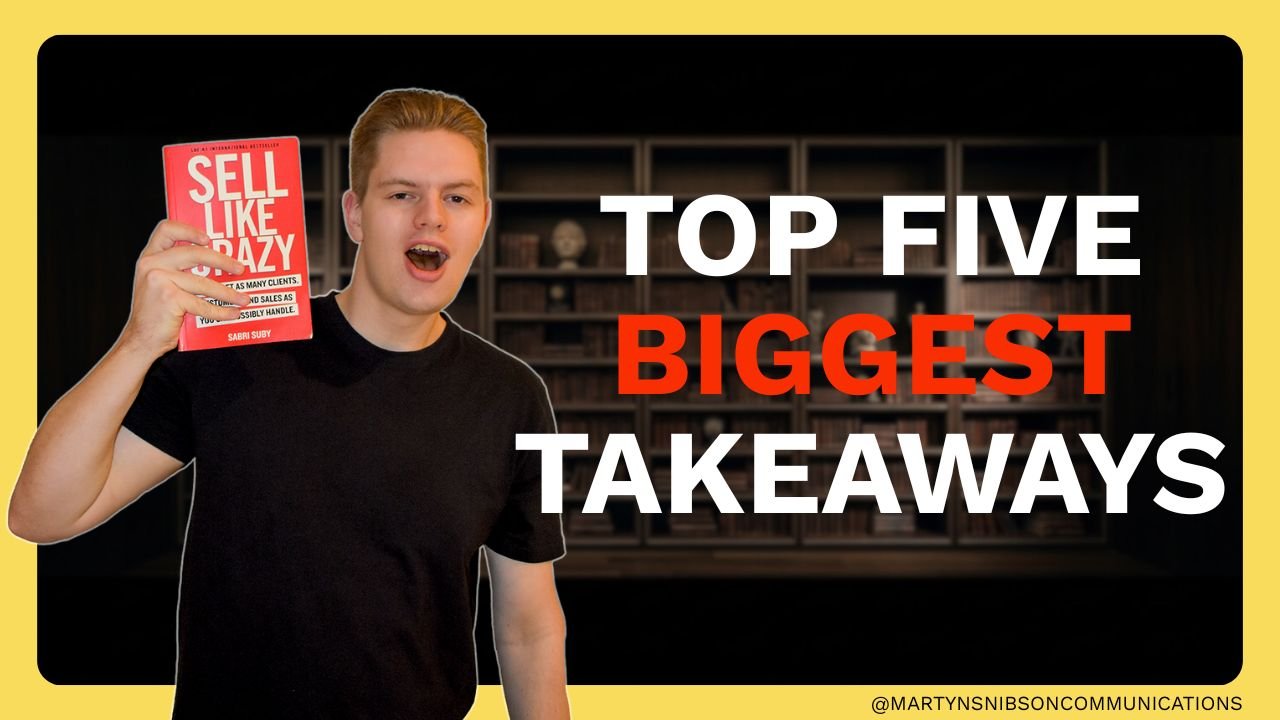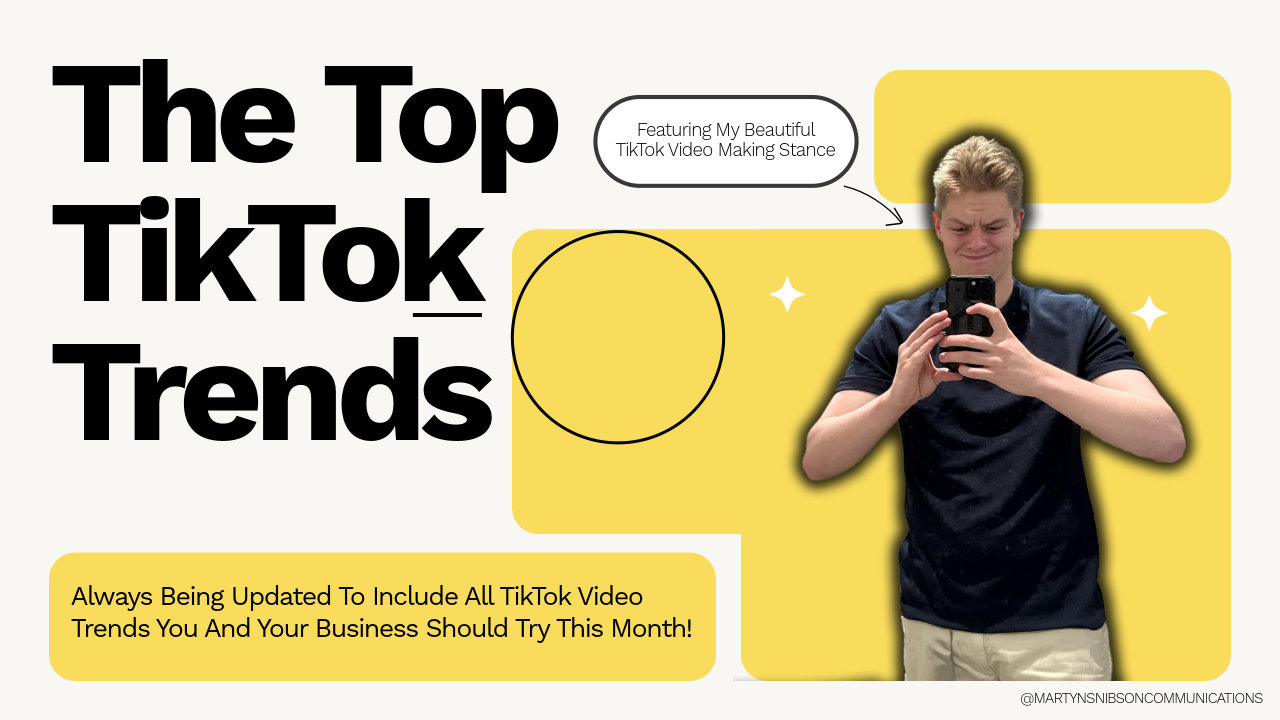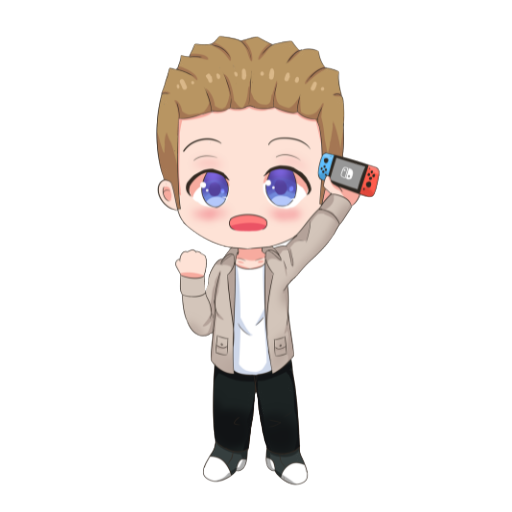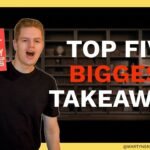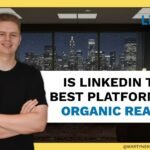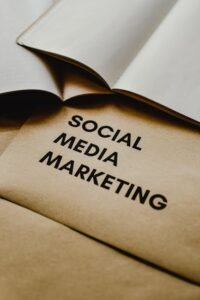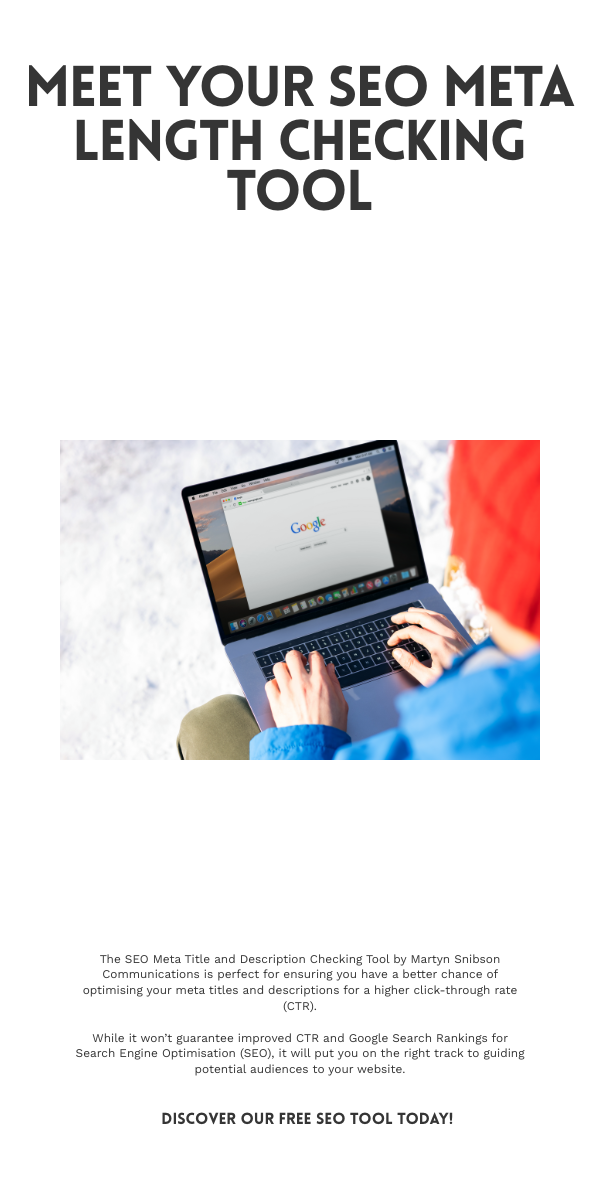Now Reading: The Best Organic Reach in 2025? It’s Happening on LinkedIn
-
01
The Best Organic Reach in 2025? It’s Happening on LinkedIn
The Best Organic Reach in 2025? It’s Happening on LinkedIn

Earlier this month, I decided to mix up some of the podcasts I’ve been listening to and invest in a few more books across a range of topics to broaden my skills and knowledge.
This includes podcasts and books by Gary Vee, Pat Flynn, Noah Kagan, and Eric Ries… (lots of insights to take in!!!)
Like many of you, especially as I aim to be 1% better every day in marketing, I’m constantly on the lookout for new ideas and lessons from today’s most successful marketers and business leaders.
Last week, I was listening to an episode of Pat Flynn’s ‘The Smart Passive Income’ podcast, where he discussed the dramatic shifts in social media algorithms and how they are impacting audience growth.
The key takeaway: LinkedIn is becoming one of the strongest social media platforms for both organic reach and content longevity.
And yes, you might say TikTok is still a leading platform for maximum organic reach. Still, LinkedIn often offers a better environment for organic reach, especially for professional networking and business-related content, particularly in the B2B space.
Nevertheless, what really got me thinking was Flynn’s observation that LinkedIn today feels a lot like “the old days of blogging.”
Here’s A Quick History Lesson
Although I was much too young to fully participate in the golden age of blogging, in history, it was heavily characterised by its sense of community, experimentation, and a focus on personal expression and connection.
Back in its heyday, just as vlogging is today, a significant reason for blogging was to share real-life moments, lessons, and reflections, much like daily journaling (Nardi et al., 2004).
When I think about “capturing life’s moments,” I’m reminded of Blogspot (now known as Blogger). Back in the early 2010s, my primary school had just 12 students, and our teacher would regularly post diary-style blog entries documenting the day’s highlights.
(I’ll admit, I loved getting featured in those posts from time to time.)
Even the comments section on LinkedIn today mirrors those early blogging communities with people leaving thoughtful feedback, sharing perspectives, or sparking mini-conversations among themselves.
The feeling of being rewarded through the comments and interactions on a blog post is similar to the experience on LinkedIn. When others like or comment on your post, you receive validation for your efforts. Additionally, the followers of those who engage with your post also see it, which can lead to significant organic growth.
Today’s LinkedIn
LinkedIn is a powerful tool. The platform isn’t just a job board or professional network anymore.
With features such as short videos, newsletters, carousels, live videos, and short-form posts, along with the ability to post and apply for jobs directly on the platform, it’s no wonder that LinkedIn has remained one of the most popular social media platforms for the past 22 years.
Of course, LinkedIn is not entirely like the old days of blogging. However, it draws on many aspects that, by 2025, take the form of publishing short-form content, images, carousels, and short text posts, as well as newsletters that offer professional expertise and helpfulness to users.
There’s a reason LinkedIn is the #1 platform for B2B lead generation, with 3 out of 4 users being key decision-makers in their industries.
The Art Of Storytelling
When I reflect on the LinkedIn accounts I follow and engage with most, they consistently provide value, helpful insights, and compelling professional storytelling.
They often engage with their audience about their professional experiences and expertise, sharing painful lessons learned, client breakthroughs, and their personal opinions.
A few examples:
- For example, Davie Fogarty, owner of the Oddie, starts his posts with a personal or business-related anecdote that reflects on challenges, failures, and expected lessons. He uses hooks to gain attention and lead with a value story, for example: “I’ve rescued dozens of struggling ecommerce businesses over the years.” He then provides tangible advice through data and screenshots of behind-the-scenes details.

- Another example is Irina Novoselsky, CEO at Hootsuite. She uses her personal brand to not only represent Hootsuite but also build genuine relationships with fellow company leaders by posting imagery and videos that share her lessons learned, industry insights, and motivational posts about leadership within a 1,500+ employee organisation.
An example of this type of post that also captures attention: “I just watched one of our leaders REJECT 5 ideas in 10 minutes… and the team has never been more motivated.” (Source: Irina Novoselsky) - Dave Gerhardt, one of the leading minds in B2B marketing, showcases his strong points of view on branding and strategy through storytelling. He blends personal and professional experiences with valuable marketing and business lessons. Each post feels like a journal entry, featuring strong hooks before diving into his stories:
- “I want to keep my job before the robots take over”
- “I change my mind all the time, I’m sorry about that…”
- “I’m not afraid to admit it. I keep a journal! Every day. With my terrible, serial killer-looking handwriting and all…
Using LinkedIn To Your Competitive Advantage
It’s funny how even five years ago, I thought LinkedIn was purely for resumes, work anniversaries, and networking. But that’s for sure changed.
However, over the last few years, as I’ve grown into the marketing industry, I’ve seen how LinkedIn can drive significant benefits toward lead generation and facilitate public and personal brand growth through storytelling, providing helpful content, and offering industry expertise.
Let’s quickly round up the different types of content doing well on LinkedIn:
1. Carousels (AKA Documents)
Document carousels on LinkedIn break down bite-sized snippets of information and insights in a scrollable format. In my experience on LinkedIn, I’ve found that B2B marketers use carousels to share industry advice, how-to guides, professional reflections, lessons learned, and before-and-after results.
Documents on LinkedIn, when well-executed, often achieve high engagement and click-through rates.
Additionally, viewers can download your mini slideshows onto their personal devices for later reference.

2. LinkedIn Newsletters
LinkedIn newsletters have significant potential for thought leadership. If you’re consistently posting and want to dive deeper, this format is perfect for:
– Educating,
– curating insights,
– and journaling behind-the-scenes lessons.
And best of all? The greatest advantage of creating LinkedIn newsletters is that subscribers receive notifications when a new newsletter is published, both on LinkedIn and in their personal email. For example, the last newsletter I crafted for an audience of 450 subscribers achieved a solid 46% open rate. Imagine creating engaging newsletters with an audience of 5,000 subscribers and consistently maintaining an open rate of 40-50%; it could greatly elevate your visibility and reputation, whether for personal branding or your business.
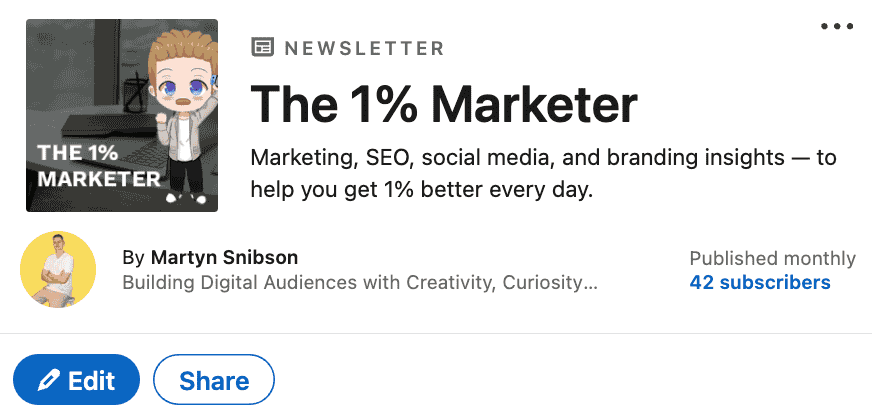
3. Short-form Video
Short videos on LinkedIn are often underutilised, which means they stand out because of a more time-consuming level of entry compared to a text-based post.
Based on my experience with LinkedIn, a common strategy I’ve observed among business owners, marketers, agencies, and industry experts is the creation of long-form podcasts and talk shows. These episodes can then be edited into shorter snippets, generating a large amount of content. This content can be compiled into a collection of videos, which can be individually uploaded on LinkedIn.
When considering short-form content, TikTok and Instagram are the first to come to mind. Business owners and C-suite executives often associate these platforms with informal, lo-fi meme and entertainment-based videos.
On LinkedIn, short videos don’t need to be informal; they simply require you to share your professional stories and advice to build connections.
Neil Patel is widely recognised on LinkedIn for sharing his expertise through frequent posts, often sharing content twice a day. His first post typically features industry insights and data, while the second post consists of a short video snippet where he shares stories based on the data he has collected. He also provides tips and tricks, using text captions to guide the viewer.
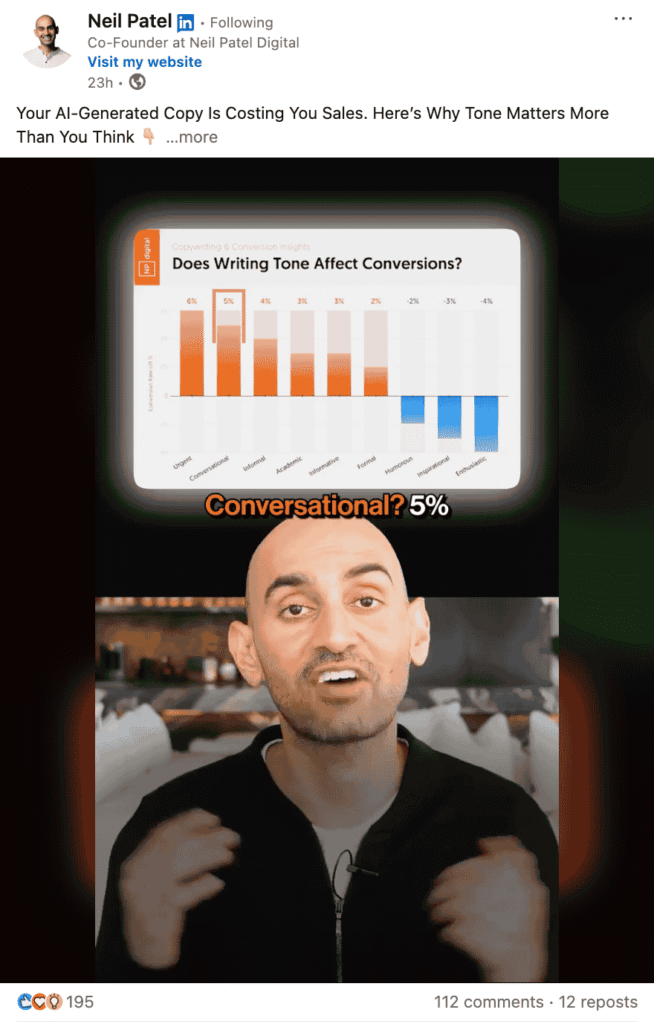
The most engaging creators now use LinkedIn to connect rather than lecture, transforming everyday experiences into valuable insights. This shift has made the platform feel more human and powerful than ever before.
Final Thoughts
The most engaging creators on LinkedIn today not only share ideas but also connect with their audience through inspiring stories.
In many ways, LinkedIn has transformed into a modern professional blogging platform, focused less on algorithms and perfection and more on authenticity, expertise, and meaningful connections.
This shift from sharing professional updates to telling stories has made LinkedIn more relatable and incredibly powerful than ever before.
